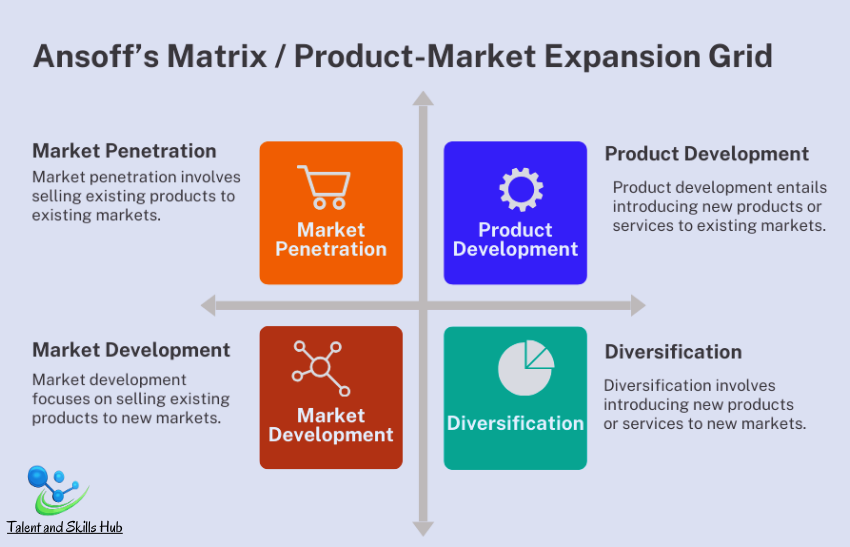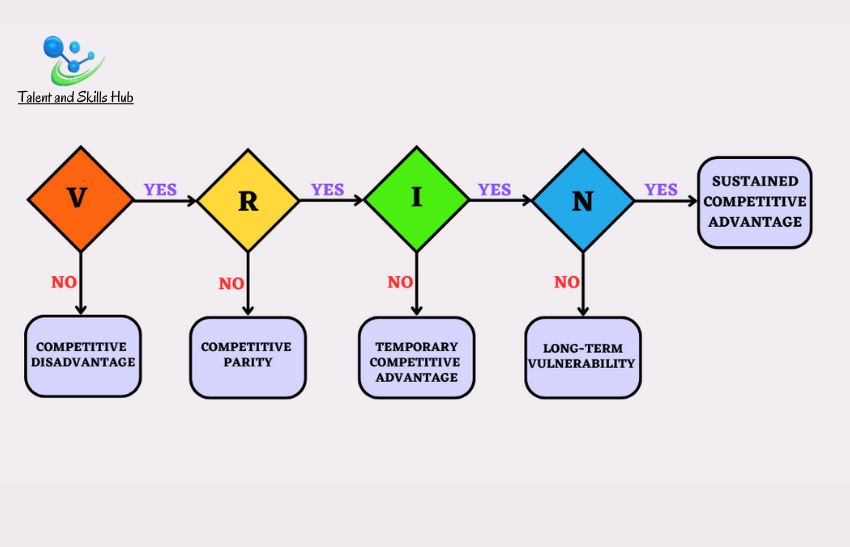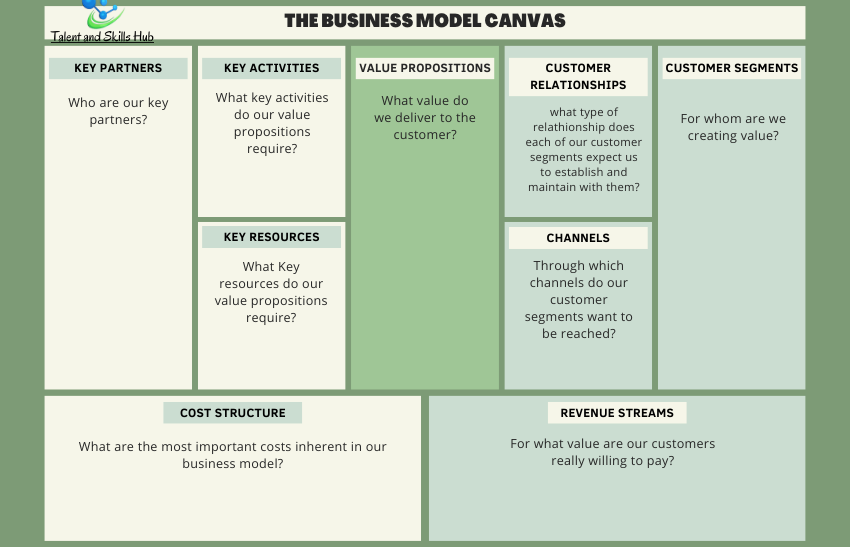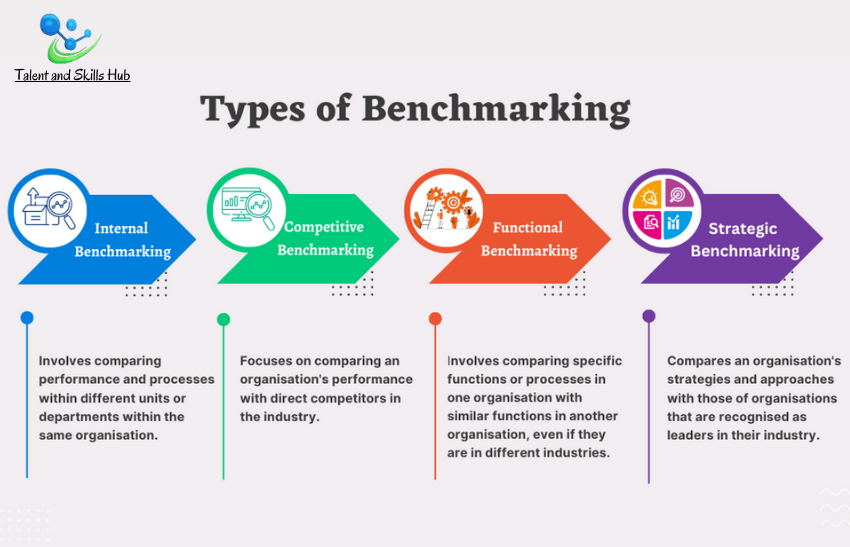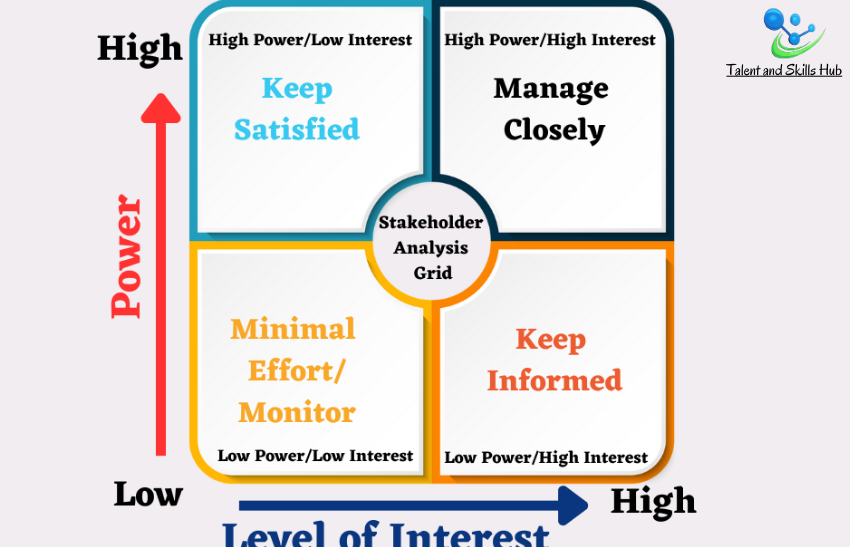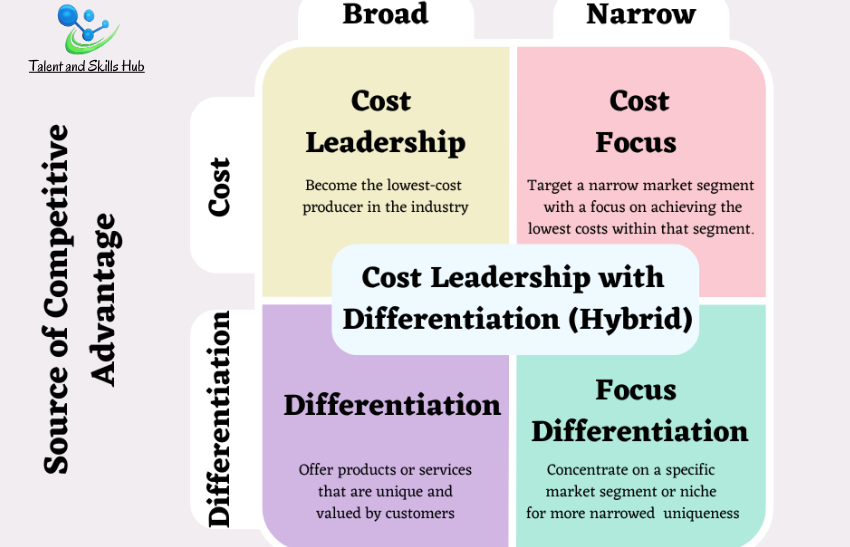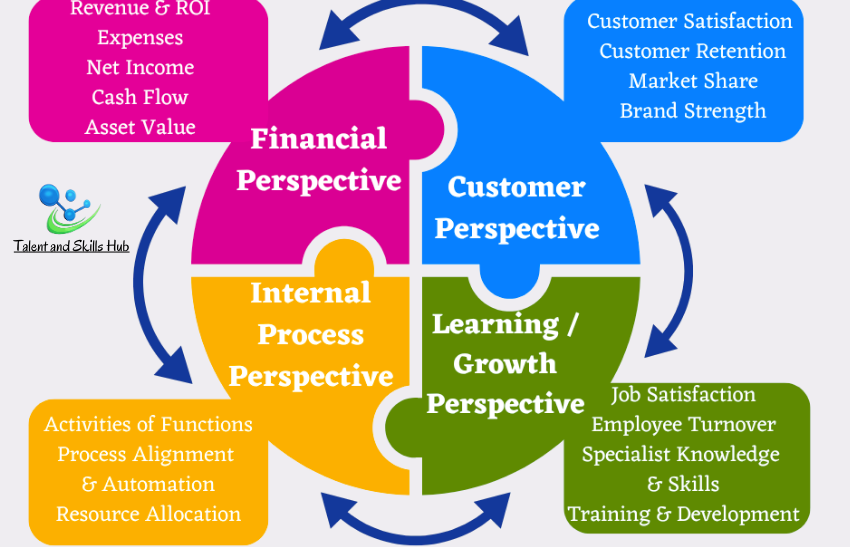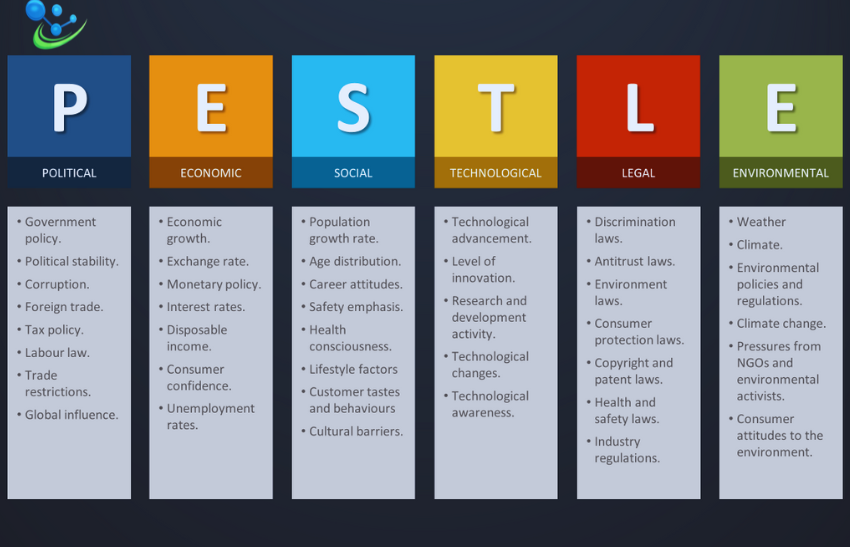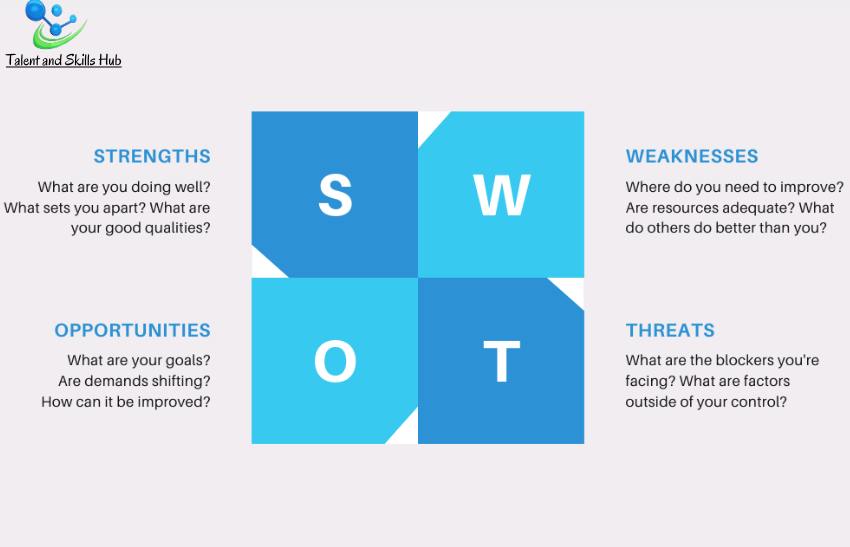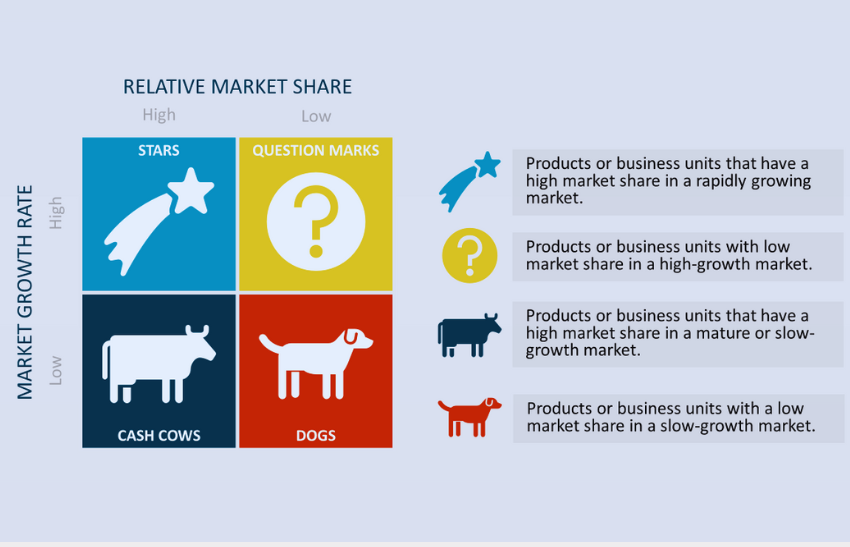Using Ansoff’s Matrix for Business Growth: The Risks and Mitigation Strategies
Ansoff’s Matrix, also known as the Product-Market Expansion Grid, is a strategic framework that helps businesses and marketers to analyse and plan their growth strategies. The model was developed by Igor Ansoff, a Russian-American mathematician and business manager. The matrix provides four growth strategies based on two dimensions: products and
Exploring Core Competence and the Resource-Based View for Strategic Success
Core competence and the resource-based view are concepts in strategic management that focus on leveraging internal capabilities and resources to achieve a sustainable competitive advantage. Let’s briefly explore each concept: Core Competence: Definition: Core competence refers to the unique and integrated set of capabilities, knowledge, and skills that distinguish a
Mastering Innovation: Crafting a Robust Business Model with the Business Model Canvas
The Business Model Canvas is a strategic management tool that provides a visual framework for developing, describing, and refining a business model. It was introduced by Alexander Osterwalder and Yves Pigneur in their book “Business Model Generation.” The canvas consists of nine building blocks that cover the key elements of
Enhancing Performance through Strategic Benchmarking
Benchmarking is a strategic management tool that involves comparing an organization’s processes, performance, products, or services with those of industry leaders or competitors to identify areas for improvement and best practices. The primary goal of benchmarking is to enhance organizational performance by learning from others and adopting proven strategies. Here
A Comprehensive Guide to Stakeholder Analysis and Mendelow’s Four Quadrants Model
Stakeholder analysis is a process used in strategic management and project management to identify and assess the interests, influence, and potential impact of individuals, groups, or entities (stakeholders) on a project, initiative, or organization. The goal of stakeholder analysis is to understand the needs and expectations of stakeholders and manage
Strategic Success through Porter’s Generic Strategies to Lead Companies
Porter’s Generic Strategies is a strategic management framework developed by Michael Porter. It outlines four primary strategies that businesses can adopt to gain a competitive advantage and achieve superior performance in their industry. The four generic strategies are cost leadership, cost focus, differentiation, and focus differentiation. Here’s an overview of
Navigating the Balanced Scorecard Landscape with Awareness of Limitations
The Balanced Scorecard (BSC) is a strategic management framework introduced by Robert S. Kaplan and David P. Norton in the early 1990s. It is designed to translate an organization’s strategy into a set of balanced performance measures across different perspectives. The BSC goes beyond financial metrics to include non-financial indicators,
Navigating Business Dynamics with a Comprehensive PESTLE Analysis
PESTLE analysis is a strategic management tool used to assess and analyse the external macro-environmental factors that can impact an organization. The acronym PESTLE stands for Political, Economic, Social, Technological, Legal, and Environmental factors. This analysis helps businesses understand the broader context in which they operate and make informed decisions
Navigating Success with a Comprehensive SWOT Analysis
SWOT analysis is a strategic planning tool used by organizations to identify and assess internal strengths and weaknesses, as well as external opportunities, and threats. The acronym “SWOT” stands for Strengths, Weaknesses, Opportunities, and Threats. This analysis helps organizations understand their current position and make informed decisions about future strategies.

